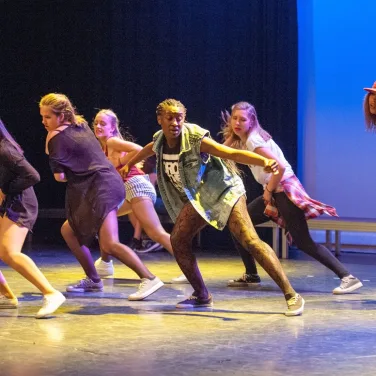
About
No info to show.
Frequently Asked Questions
- Who is Carlota Santana?
- Carlota Santana is an acclaimed dancer, choreographer, and the visionary founder of Flamenco Vivo Carlota Santana, one of America's premier flamenco and Spanish dance companies. Recognized as the "Keeper of Flamenco"
- Who made the flamingo dance?
- The dance style often mistakenly referred to as the "flamingo dance" is actually Flamenco, a passionate and expressive art form originating from the Andalusian region of southern Spain. Flamenco was not created by a single person but evolved over centuries, influenced by a blend of cultures, including Spanish, Moorish, Jewish, and Romani (Gypsy) traditions. The Romani people, known as Gitanos in Spain, played a pivotal role in shaping the music, song, and dance elements that define Flamenco today. Over time, Flamenco became a structured art form with specific styles (palos), intricate rhythms, and distinctive movements. Renowned artists like Carmen Amaya, Antonio Gades, and Paco de Lucía have contributed greatly to Flamenco's global recognition. Today, Flamenco continues to evolve, with companies like Flamenco Vivo Carlota Santana preserving its roots while pushing creative boundaries.
- What is the hardest flamenco dance?
- The hardest flamenco dance is widely considered to be the "Soleá por Bulerías,"
- What is the flamingo dance?
- The so-called "flamingo dance"
- Which country is famous for flamenco dance?
- Spain is the country most famous for Flamenco dance. Originating in the southern region of Andalusia, Flamenco is an integral part of Spanish culture and heritage. The dance embodies centuries of history, drawing influences from the region's Romani (Gypsy), Moorish, Jewish, and indigenous Andalusian traditions. Spanish cities such as Seville, Granada, and Jerez de la Frontera are renowned as Flamenco heartlands, hosting vibrant festivals, tablaos (Flamenco venues), and academies dedicated to this art form. Flamenco's passionate music, expressive dance, and elaborate costumes have captivated audiences worldwide, making it a symbol of Spanish identity and artistry. In 2010, UNESCO recognized Flamenco as an Intangible Cultural Heritage of Humanity, further cementing Spain's status as the global epicenter for Flamenco. Whether experienced in an intimate café or a grand theater, Flamenco continues to inspire and enchant both locals and international visitors, celebrating the spirit and soul of Spain.